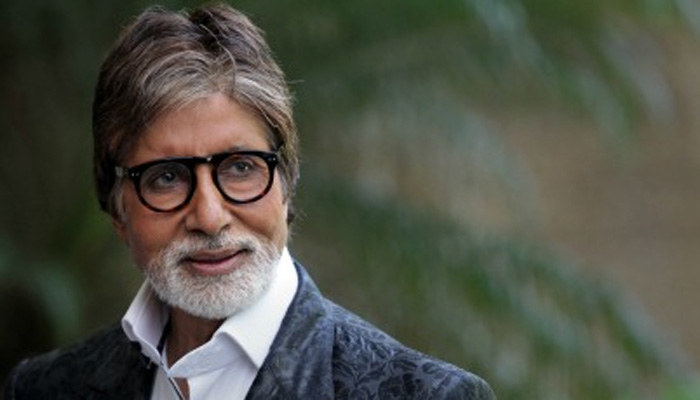In Haryana, the female literacy rate has risen 25 percentage points over 20 years, to touch 65% in 2011, and it is still known for its low sex ratio, as reported in November 2015.
“Education of women is clearly not enough to change preference for sons, a pervasive deep-seated social expectation,” said Priya Nanda, group director, Social and Economic Development, International Center for Research on Women, Asia Regional Office. “While education does give women abilities, changing gender norms requires other complementary efforts.”
Netra Jangam, 24, from Gove village in Satara district, in western Maharashtra, holds a postgraduate degree in commerce. Her mother had studied only upto seventh grade.
Jangam did more than arm herself with a degree: She made the most of the freedom to travel–something her parents agreed to–and make independent decisions. “I pursued my higher studies in nearby Satara, living with relatives, visiting my parents at the weekends. Living away from home taught me to manage myself and broadened my thinking. My mother hardly ever travelled out of the village before marriage,” she said.
Her mother earned some money from taking on small tailoring jobs and this had helped her realise the value of financial independence. “So she supported my decisions. I made it clear to my husband that I would always work after marriage. I always want to be financially independent,” said Jangam.
Watch here,
(Sourced from agencies, feature image courtesy:goeco.org)
























